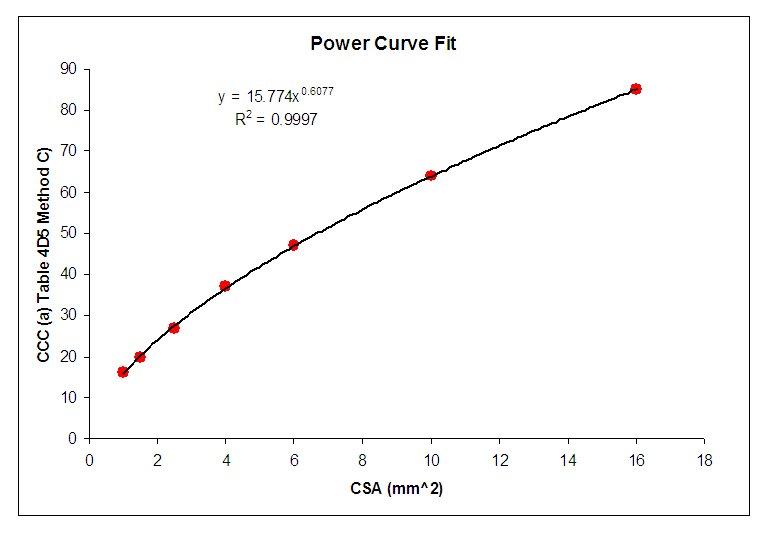Ok you guys have proper lost me now. lol ... As a third idea, can I replace the existing single socket with an FCU, then spur down under the counter to a single socket? ...
Sure. That's more-or-less been suggested already. If you change the existing socket to an FCU, you can (provided the existing socket is not, itself, 'a spur from a spur'!!) then connect as many sockets as you like to the load side of that FCU (but will be limited to 13A total across all those sockets).
Or can I just swap the single socket for a double?
Again, provided the existing socket is not, itself, 'a spur from a spur' (and you didn't take any spurs from that new double socket, then, yes, you could do that.
As has been said, we are all assuming that this socket is a spur which comes directly from a ring circuit. Are you sure that is the case?
Kind Regards, John


